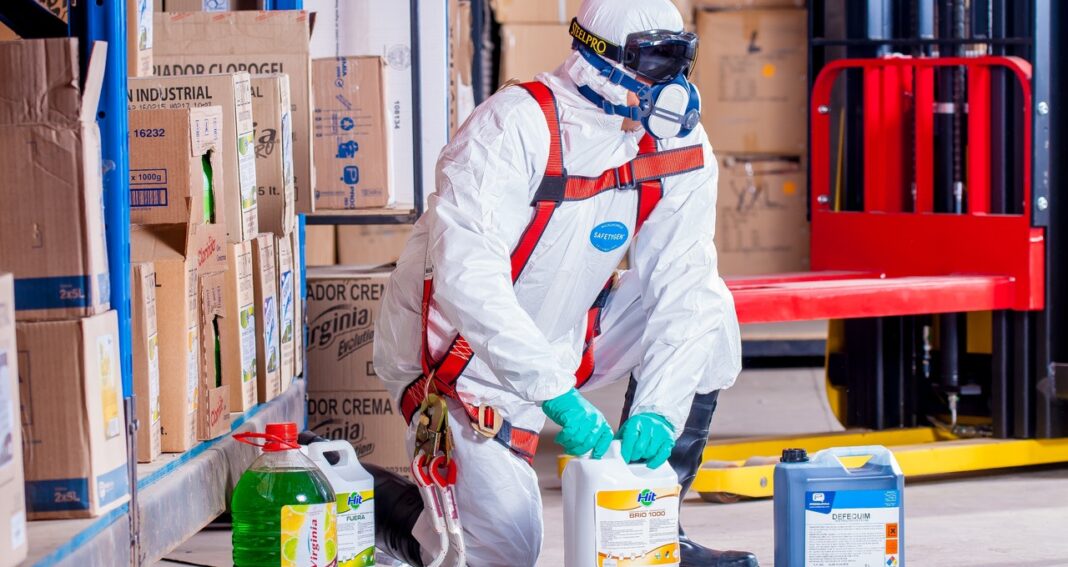Work can be a dangerous place. Every day people are injured and even killed on the job. Keeping employees safe from accidents and injuries is an important organizational goal, particularly for industries that are high risk. But is there anything organizations can do to minimize the risk to their employees? New research published in the journal Safety Science by Derek Hutchinson, Gil Luria, Shani Pindek and Paul Spector shows that training can improve workplace safety. (NOTE: The publisher is allowing free access to this paper until January 13, 2022.)
What Are the Risks at Work?
There are many potentially dangerous conditions that people can be exposed to at work. These conditions can affect physical and/or psychological health through accidents or chronic exposure over time. The major risks include
- Biohazards. In these days of the COVID-19 pandemic we have all become aware of how employees can be exposed to infectious diseases at work. This is nothing new for healthcare providers who have long had standards for controlling such exposures with their universal precautions that include personal protective equipment and safe practices.
- Chemicals. Many employees work with toxic substances that can cause injury and illness by breathing, ingesting, or even touching. Some exposures can result in immediate poisoning, while others can take long-term exposure to have harmful effects.
- Kinetic energy. These are injuries due to collisions or falls. The most common cause of workplace fatalities is motor vehicle accident.
- Physical violence. Most physical violence comes from customers, patients, or members of the public. For example, nurses are frequent targets of violence from patients or patient families.
- Psychological mistreatment. Employees in any job can be targets of abusive, bullying, and nasty behavior from others. Dealing with such acts are stressful and can harm mental health and physical well-being.
The profile of risks an employee might be exposed to depends on the type of job and tasks to be performed. In jobs that do not involve contact with the public or dealing with potentially dangerous equipment and substances, risks can be low, and there is little need for extensive safety training. For other jobs, such as nurses who are subject to all five risks, extensive efforts are required to keep them safe.
Training Can Improve Workplace Safety
The Hutchinson team did a thorough review of published reports of the effectiveness of safety training on training outcomes. They located 90 articles that summarized results of 100 studies. Outcomes included knowledge of safety practices and safety performance by employees. The results of these studies were mathematically combined using meta-analysis. Their results showed that safety training was most effective in imparting knowledge, but it was also effective in increasing safety behavior. We can conclude from these 90 studies that training can improve workplace safety.
SUBSCRIBE TO PAUL’S BLOG: Enter your e-mail and click SUBSCRIBE
